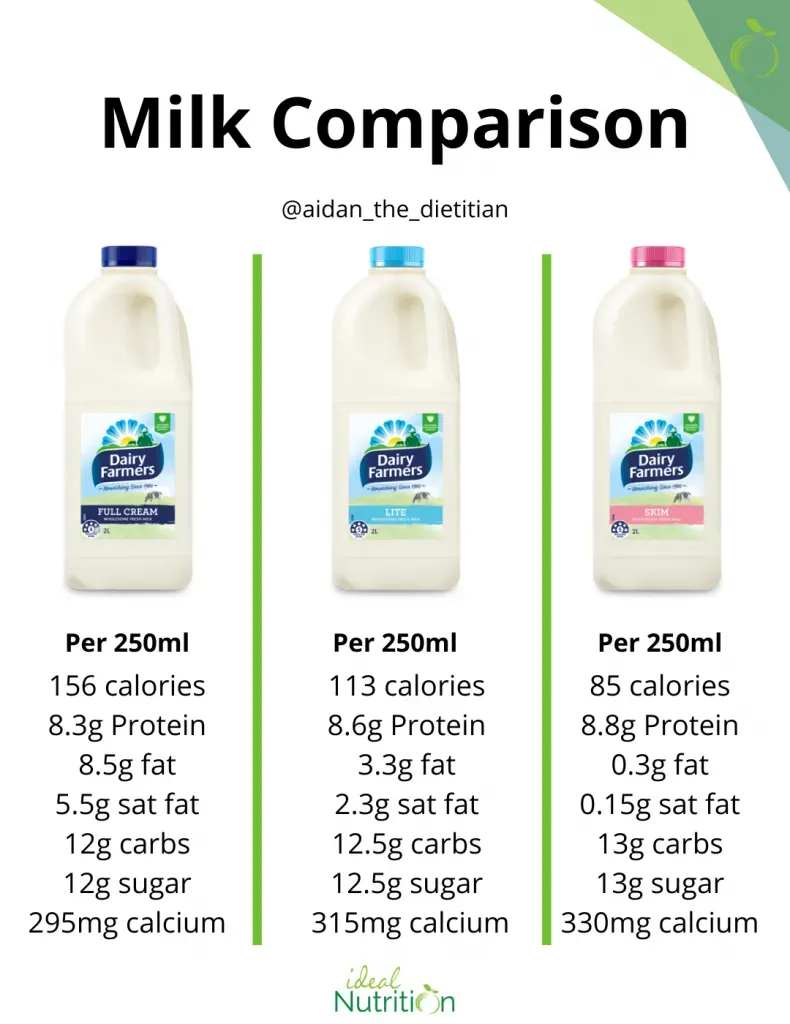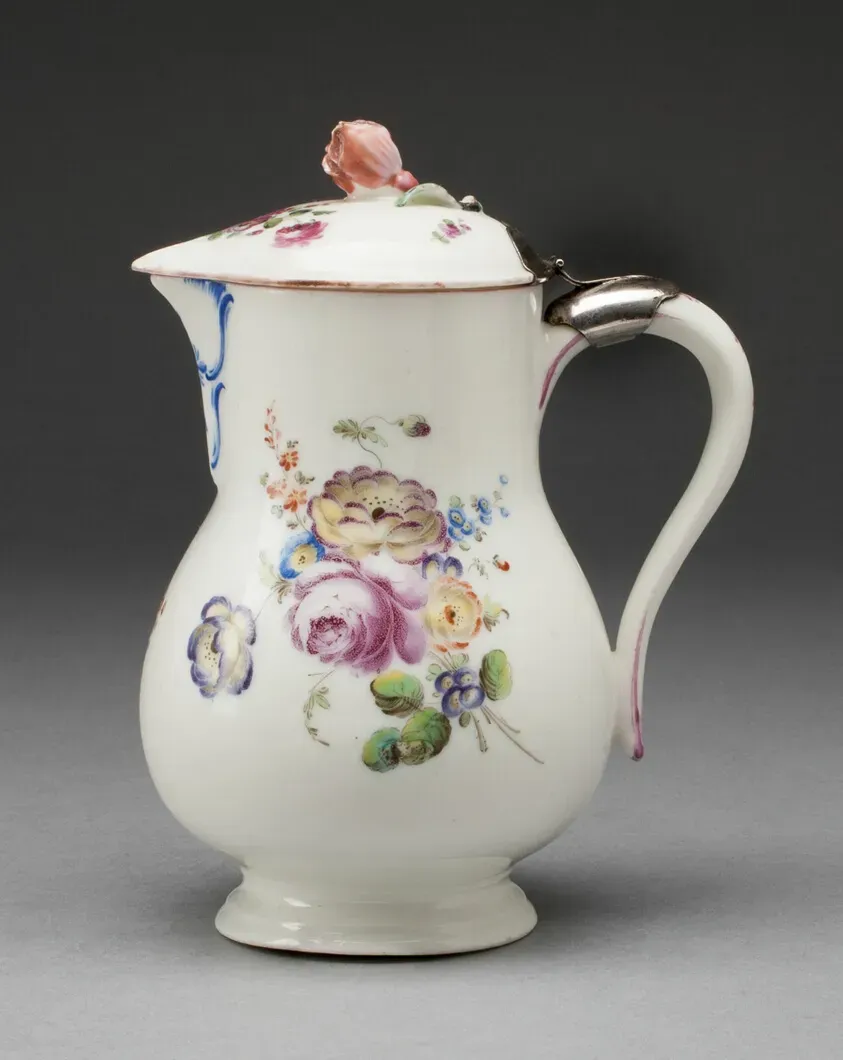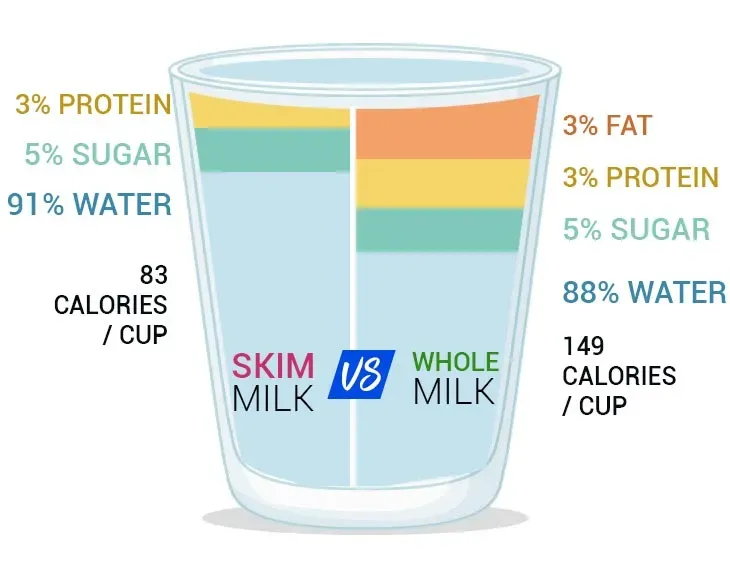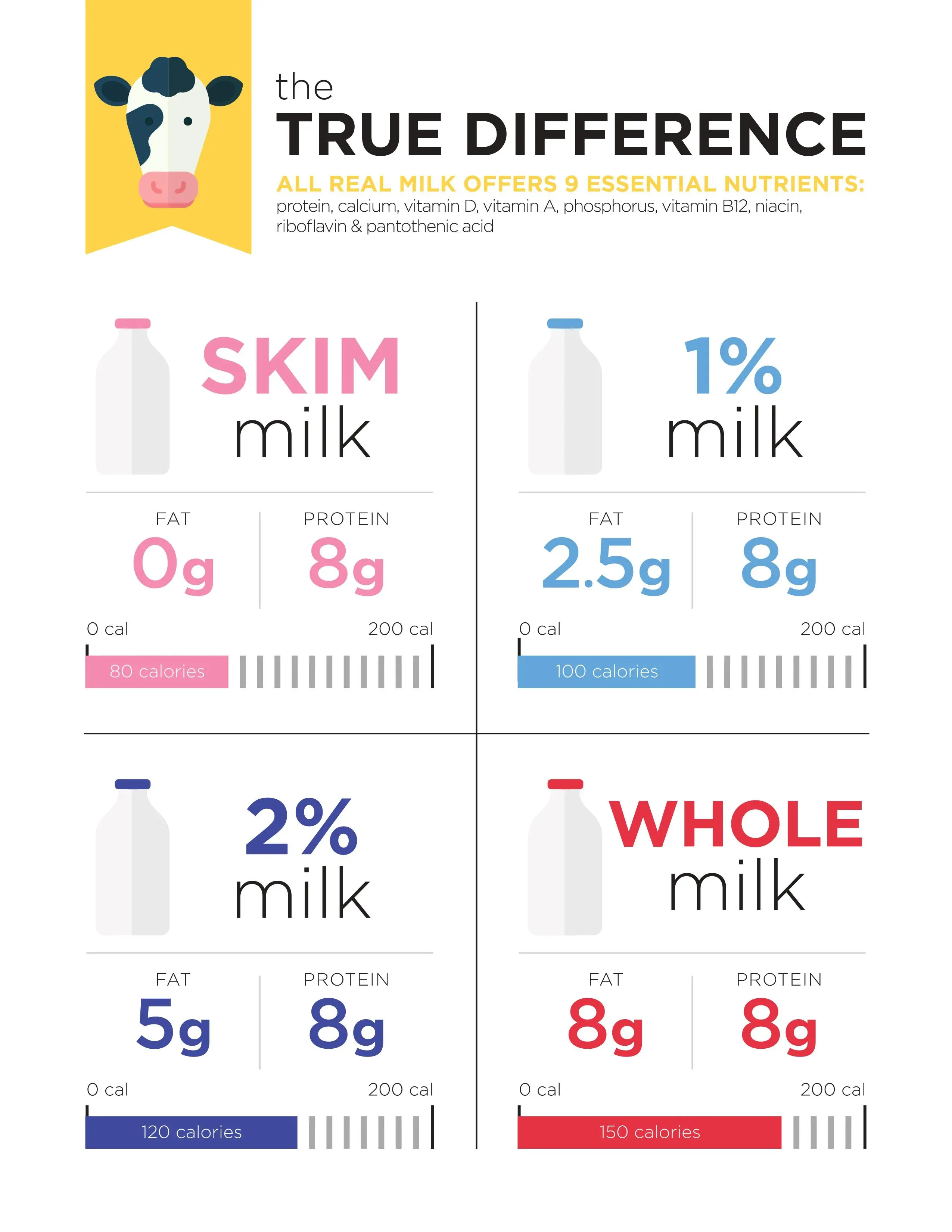Table of Contents
Introduction
Walk down the dairy aisle these days and you're hit with options. Whole milk, 2%, 1%, and then the seemingly similar skim milk vs low fat milk. It's enough to make your head spin, especially when you're just trying to grab some liquid for your cereal or coffee. For years, diet advice pushed us toward the less-fat versions, but the real story is a bit more nuanced than just "fat is bad." We're going to cut through the confusion surrounding skim milk vs low fat milk. We'll look at what separates them beyond just a number on the carton, digging into their nutritional profiles, calorie counts, and yes, even how they actually taste and feel in your mouth. By the end, you should have a clearer picture, making that dairy decision a little less daunting. No more standing there staring at the labels, wondering if you're making the "right" choice. Let's get into the facts.
Skim Milk vs Low Fat Milk: The Real Fat Story

Skim Milk vs Low Fat Milk: The Real Fat Story
Breaking Down Skim: The Barely-There Fat
So, let's talk about skim milk first. When you see a carton labeled "skim" or sometimes "fat-free," they mean business about removing the fat. The process involves centrifuging the milk to separate the cream. What's left is milk with less than 0.5% milk fat. That's right, less than half a percent. It's essentially the milk solids, protein, lactose, vitamins, and minerals left behind once the majority of the fat is spun out. Think of it as the minimalist option in the milk world. For decades, this was the go-to recommendation if you were watching your saturated fat intake.
Low Fat Milk: A Little Bit Extra
Now, shift over to low fat milk. This usually refers to 1% milk. The name tells you exactly what you're getting: milk that contains, on average, 1% milk fat by weight. It's gone through a similar separation process as skim milk, but not all the fat is removed. There's a noticeable difference between skim milk vs low fat milk just in the fat percentage. That extra bit of fat, while still low compared to whole milk (which is around 3.25%), changes the texture and flavor profile slightly. It feels a little richer, a bit less watery than its skim counterpart. It was seen as a step down from whole milk but a step up from skim if you wanted *some* fat but not too much.
- Skim Milk: Less than 0.5% milk fat.
- Low Fat Milk (1%): Approximately 1% milk fat.
- Whole Milk: Around 3.25% milk fat.
Beyond the Fat: Nutritional Showdown Between Skim and Low Fat Milk

Beyond the Fat: Nutritional Showdown Between Skim and Low Fat Milk
Nutrients Beyond the Cream Line
so we've established the fat difference – minimal in skim, a little more in 1%. But what about the other stuff packed into that carton? This is where skim milk vs low fat milk starts looking pretty similar on paper. Both are solid sources of protein, clocking in around 8 grams per cup. That's your muscle-building, hunger-sating friend right there. You also get a good hit of calcium, the bone-builder everyone talks about, and phosphorus, another mineral crucial for bones and energy. Most milk, regardless of fat content, is also fortified with Vitamin D, which helps your body actually use that calcium. So, if you're just looking for basic protein, calcium, and Vitamin D, the fat percentage doesn't make a huge difference here. It's like choosing between two slightly different models of the same sturdy car – they both get you where you need to go nutrient-wise for these basics.
Do Fat-Soluble Vitamins Vanish?
Now, here's a point where the fat content *might* matter naturally. Vitamins A, D, E, and K are fat-soluble. This means they're often found in the fat portion of food. Logically, you'd think removing fat would remove these vitamins. And you'd be right, to an extent. Whole milk naturally contains more of these. However, dairy companies know this, which is why most skim and low-fat milk is fortified. They add Vitamins A and D back in to levels comparable to, or sometimes even higher than, whole milk. Vitamin E and K aren't typically added back, but milk wasn't a primary source for those anyway. So, while the *natural* levels might drop with fat removal, fortification largely levels the playing field for Vitamins A and D when comparing skim milk vs low fat milk on the store shelf.
Nutrient (per cup) | Skim Milk | Low Fat (1%) Milk |
|---|---|---|
Calories | ~80-90 | ~100-110 |
Protein | ~8g | ~8g |
Calcium | ~300mg | ~300mg |
Vitamin D (Fortified) | ~2.4mcg | ~2.4mcg |
Vitamin A (Fortified) | ~150mcg RAE | ~150mcg RAE |
Calories Count: Skim Milk vs Low Fat Milk Compared

Calories Count: Skim Milk vs Low Fat Milk Compared
Counting the Drops: Where the Numbers Diverge
Alright, let's get down to the numbers game, specifically the calorie count. This is perhaps the most straightforward difference when you compare skim milk vs low fat milk. Because fat is calorie-dense – about 9 calories per gram compared to 4 calories per gram for protein and carbs – even that small percentage difference adds up. A standard cup (8 ounces) of skim milk usually lands somewhere between 80 and 90 calories. Bump up to low fat (1%) milk, and you're looking at roughly 100 to 110 calories per cup. It's not a massive gap in a single serving, but over the course of a day, or if you're drinking multiple glasses, those extra 20-30 calories per cup from the fat in low fat milk can certainly add up. It's the most obvious trade-off you make when choosing between the two purely from an energy perspective.
Milk Type | Approximate Calories per Cup (8 oz) |
|---|---|
Skim Milk (Fat-Free) | 80-90 |
Low Fat Milk (1%) | 100-110 |
Whole Milk (3.25%) | 150+ |
Taste and Texture: Does Less Fat Mean Less Flavor?

Taste and Texture: Does Less Fat Mean Less Flavor?
Taste and Texture: Does Less Fat Mean Less Flavor?
let's be real for a second. Does removing fat affect how milk tastes and feels? Absolutely. Fat carries flavor and provides that smooth, creamy mouthfeel. Skim milk, with its near-zero fat content, often gets described as "watery" or "thin." It lacks the richness that even 1% low fat milk offers. Think of it like comparing broth to a slightly thickened soup – both are liquids, but one has a bit more body and carries flavors differently. Low fat milk, while still a far cry from whole milk's luxuriousness, has just enough fat to give it a bit more substance and a slightly richer taste. If you're pouring milk into coffee, tea, or just drinking it straight, the difference between skim milk vs low fat milk in terms of sensory experience is pretty noticeable for most people.
Ever wondered why skim milk sometimes has added milk solids? It's often to try and compensate for that lost body and texture from removing the fat. It's like trying to put a sweater on a skeleton – it helps, but it's still not the same as the real thing. The taste difference might seem small on paper, but it's often the deciding factor for people choosing one over the other for daily consumption.
- Skim Milk: Often described as thin, watery, less flavorful.
- Low Fat Milk: Slightly richer texture, a bit more body and mouthfeel than skim.
- Whole Milk: Creamy, full-bodied, most pronounced flavor due to higher fat content.
Choosing Your Pour: Skim Milk vs Low Fat Milk for Your Diet

Choosing Your Pour: Skim Milk vs Low Fat Milk for Your Diet
Considering Your Calorie Goals
Look, if every single calorie counts in your day, the difference between skim milk vs low fat milk becomes more relevant. That 20-30 calorie difference per cup might seem like peanuts, but if you're tracking meticulously, it's a real number. Skim milk gives you the protein, calcium, and fortified vitamins with the absolute minimum caloric impact from fat. It's the leanest option available in the dairy case from a fat perspective. For someone on a strict calorie deficit who still wants the nutritional punch of milk without the extra energy from fat, skim is the clear winner here. It's a simple math problem: less fat equals fewer calories.
- Strict calorie tracking? Skim milk has the edge.
- Need protein and calcium with minimal fat calories? Skim is your pick.
- Small calorie difference adds up over multiple servings.
Taste Preference and Usage
Beyond the numbers, how you *use* your milk and what you actually *like* matters. Choosing between skim milk vs low fat milk often comes down to taste and texture. If you find skim milk too thin for your liking, perhaps in coffee where it can taste weak, low fat milk offers a slightly creamier experience without jumping all the way to whole milk. It has a bit more body, which can make it more palatable for drinking straight or using in recipes where you don't want a watery result. Don't force yourself to drink something you dislike purely for a minimal calorie saving if it means you won't stick with it. A little extra fat might make your morning cereal or smoothie far more enjoyable, making it a sustainable choice.
Making Your Milk Choice
So, where does that leave us in the great skim milk vs low fat milk debate? It turns out the difference often boils down to a few grams of fat and a handful of calories. Neither is inherently superior for everyone, everywhere, all the time. Skim milk offers the lowest calorie count for its nutrient punch, which might appeal if you're laser-focused on calorie restriction. Low fat milk gives you a touch more richness and satiety for a marginal increase in calories and fat. The old dogma against fat in milk is facing scrutiny, with some studies suggesting whole milk isn't the dietary villain it was made out to be. Ultimately, the best choice is the one that fits your overall diet, your taste buds, and what makes you feel good. Don't overthink it; just pick the one you'll actually drink and enjoy.
